Cefacef
$ 0
- Minimum Order Price: 35100
- Minimum Order Quantity: 27857
Cefixime for Bacterial Infections: A Comprehensive Guide.
Cefixime is a powerful antibiotic used to treat a wide range of bacterial infections. It belongs to the third generation of cephalosporin antibiotics and works by stopping the growth of bacteria, which helps your body fight off the infection more effectively.
How It Works
Cefixime stops bacteria from forming a cell wall, a crucial component for bacterial survival. This action reduces the number of bacteria in your body, allowing your immune system to combat the infection more efficiently.
Uses
Cefixime is effective against various bacterial infections, including those affecting the respiratory, urinary, and gastrointestinal systems. It is not suitable for viral infections such as the common cold or flu.
Dosage and Administration
The dosage of cefixime is determined by your medical condition and response to treatment. It can be taken orally in various forms, including capsules, tablets, and a chewable tablet. For children, the dosage may be based on weight. It is essential to follow the prescribed dosage schedule to ensure the infection is fully cleared.
Side Effects
While cefixime is generally well-tolerated, it can cause some side effects. These may include stomach upset, diarrhea, nausea, gas, headache, or dizziness. In rare cases, more serious side effects such as severe stomach pain, jaundice, or low blood cell counts can occur. If you experience any of these symptoms, it is crucial to consult your doctor immediately.
Precautions
Before taking cefixime, inform your doctor if you are allergic to it or other cephalosporin antibiotics. Additionally, if you have kidney disease or a certain intestinal disease (colitis), you should discuss this with your healthcare provider. Cefixime may also interfere with certain lab tests, so it is important to inform your healthcare professionals about your medication.
Interactions
Cefixime can interact with other medications, including blood thinners like warfarin. It is essential to inform your doctor about all the products you use, including prescription and nonprescription drugs, and herbal products.
Storage and Use
Store cefixime at room temperature away from moisture, heat, and light. Use the medication for the full prescribed length of time to ensure the infection is completely cleared. Stopping the medication too early may lead to a return of the infection.
By following these guidelines and consulting with your healthcare provider, you can effectively use cefixime to treat your bacterial infection.
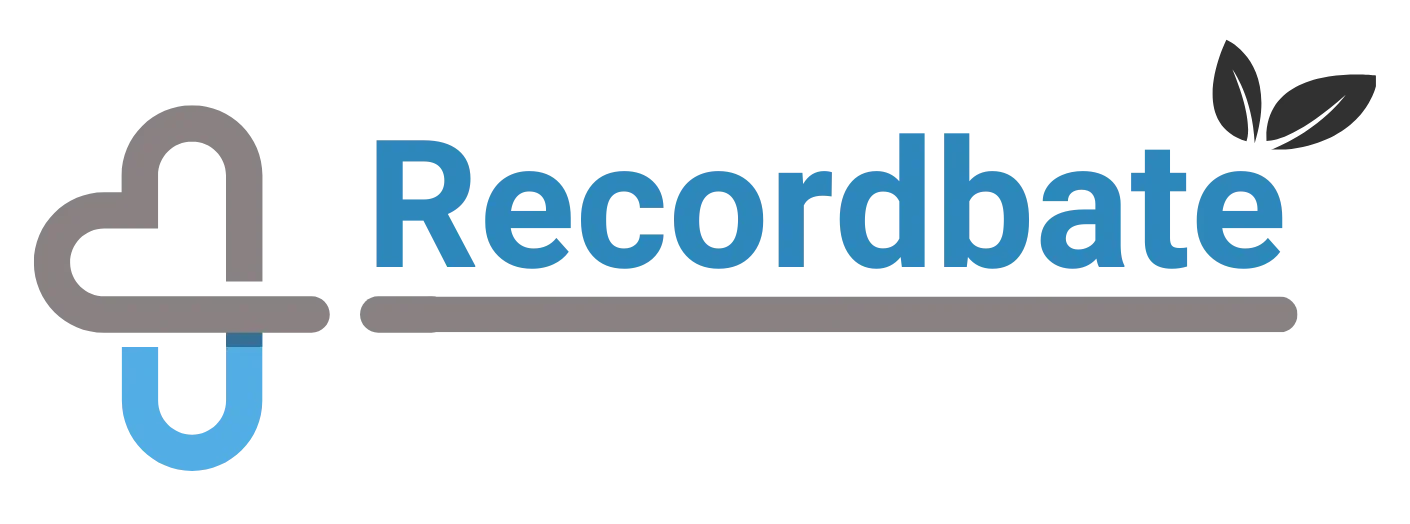
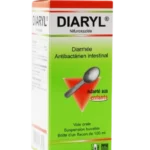
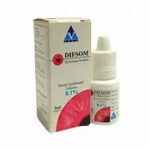

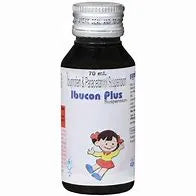

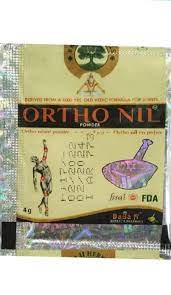
Reviews
There are no reviews yet.